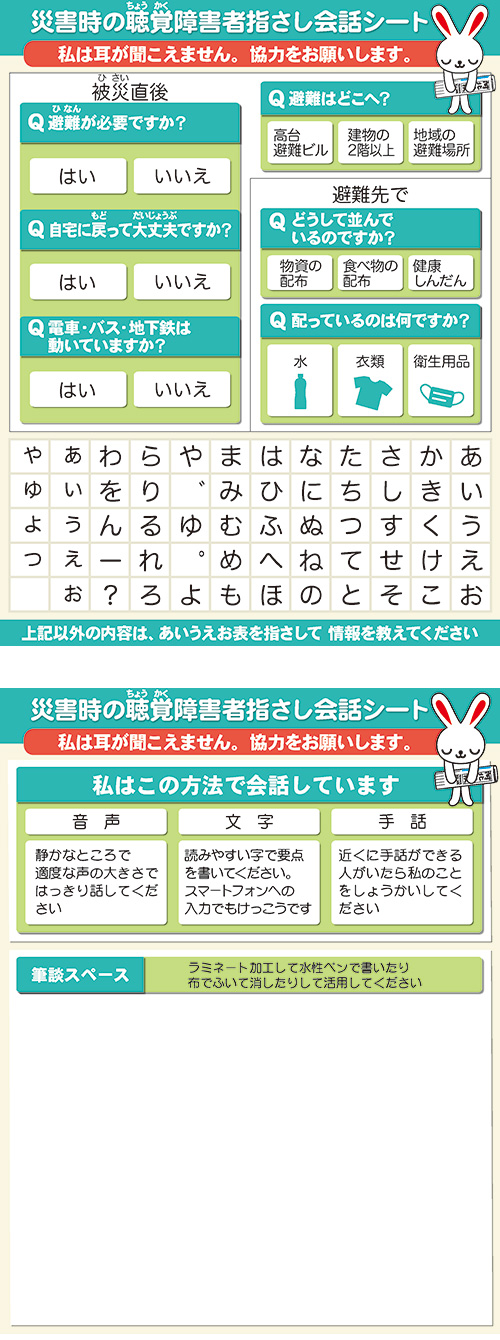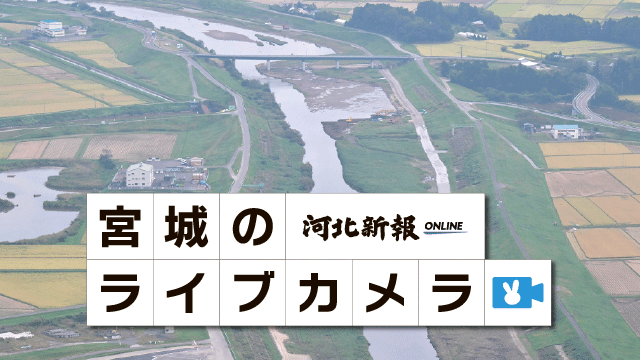Evacuating by Car (1) The Need To Avoid Traffic
In response to a survey carried out by Kahoku Shimpo and Tohoku University that targeted citizens of twelve different towns and cities along Miyagi Prefecture's coastal areas, over 30% responded that they would consider using a car to evacuate if a tsunami struck. In the 2011 Great East Japan Earthquake and Tsunami, huge waves engulfed rows of cars mired in traffic. More than 700 bodies were subsequently recovered from vehicles in Iwate and Miyagi Prefectures. However, people may require cars in certain circumstances: for example, if there is no elevated land nearby or if they need to transport others in need of aid. What can we learn from this? We asked two experts in disaster prevention to analyze the data we have.
(“Preserve Lives and Communities” Investigation Team)
"We need to agree on measures regarding vehicle usage." (Dr. Fumihiko Imamura, Deputy Director of Tohoku University's International Research Institute of Disaster Science (IRIDeS)
Kahoku Shimpo: What do you think about the survey results that revealed that over 30% of residents hoped to evacuate by car?
Fumihiko Imamura: During the earthquake, traffic jams occurred in many different areas. A national survey showed that over 57% of evacuees used a car. Although the volume of traffic varied between regions, it is clear that we will see the same pattern of traffic occur during future disasters if we do not adopt appropriate measures. It is a grim situation. As a more recent example, we have the tsunami warning that was issued along the coast of Miyagi Prefecture on December 7, 2012. This was during the evening rush hour, and traffic was particularly alarming in urban areas like Ishinomaki City.
KS: The main reasons people cited for evacuating by car were "A safe location was far away" (52.4%) and "I needed to evacuate my family and relations" (43.5%).
FI: Nevertheless, we need to reduce the number of people using cars. Appropriate measures should be taken to facilitate this, like building evacuation towers and facilities in areas that lack high ground. Of course, it is difficult to do this now due to time and money constraints. But, since we have no idea when large-scale aftershocks will next occur, we need to start establishing other measures to deal with the situation as soon as possible.
KS: What are some examples of concrete measures we can take?
FI: First, beginning on a smaller scale with neighborhood associations, schools, etc., have people settle in advance on plans for evacuating and rules regarding vehicle usage. Choosing one's method to evacuate is the individual's choice, and the government has no way of enforcing a "no cars" policy. In order to guarantee practical results, it is essential that local residents come together and talk about the issues at hand. If many people participate with the awareness that these discussions could prevent future loss of life, plans and rules to abide by in case of evacuation will become common, public knowledge. Ideally I'd also like to see regional companies employing residents come to a consensus regarding car usage. It is sometimes necessary to get people to leave behind their cars, no matter how useful and valuable they may be; ultimately, the issue is whether one's car or one's life is more important.
KS: Members of the Facilities Improvement for Tsunami Evacuation Committee in Sendai pointed out the results of one simulation which indicated that, if the rate of evacuation by car during the time of disaster was 20% instead of 73%, evacuation would have been completed within 45 minutes.
FI: Simulations are useful tools to encourage common consensus, as they allow people to compare objective numbers. In future debates, these numbers will serve as important foundations for concrete measures. I would also like to see data that specify, for example, how many families there are, how many cars they possess, and how many people require cars to evacuate.
KS: Do you think the attitude of people towards using a car to evacuate has changed after the Great East Japan Earthquake?
FI: Not particularly. While evacuating by car may be effective in some cases, the disaster drove home the fact that driving itself entails its own risks. Driving during evacuation makes it harder to perceive what is happening in one's surroundings. Also this information won’t be accessible from TV or radio. Nevertheless, if people consider evacuating by car essential despite these facts, we should at least come up with a plan and rules for evacuation.
Summary of the results of the survey carried out by Kahoku Shimpo and Tohoku University
31% of participants replied that they would use a car to evacuate in case of another tsunami, while 24.4% said they would leave by foot. As many as 27.5% of participants said they would not evacuate or that it was not necessary to evacuate. When asked how they chose to evacuate during the Great East Japan Earthquake and tsunami, 46.9% of participants replied that they evacuated by car; 32.1% by foot. When asked how they chose to evacuate after the tsunami warning issued on December 7, 2012, 19.6% replied that they evacuated by car; 16.3% by foot. In both cases, the number of people who used a car exceeded the number of people who evacuated by foot. In addition, over 40% of participants who drove experienced some traffic.
(Fumihiko Imamura (age 51, born in Yamanashi Prefecture) completed his doctorate in engineering at Tohoku University, and taught at Tohoku University's Center for Disaster Prevention. He has been at IRIDeS since April, 2012. His specialty is tsunami engineering).
Translated by Samik Sikand
April 7, 2013 (Sun.)
[Japanese] http://www.kahoku.co.jp/special/spe1114/20130407_01.html
 朝刊・夕刊
朝刊・夕刊 記事を探す
記事を探す FAQ
FAQ
















